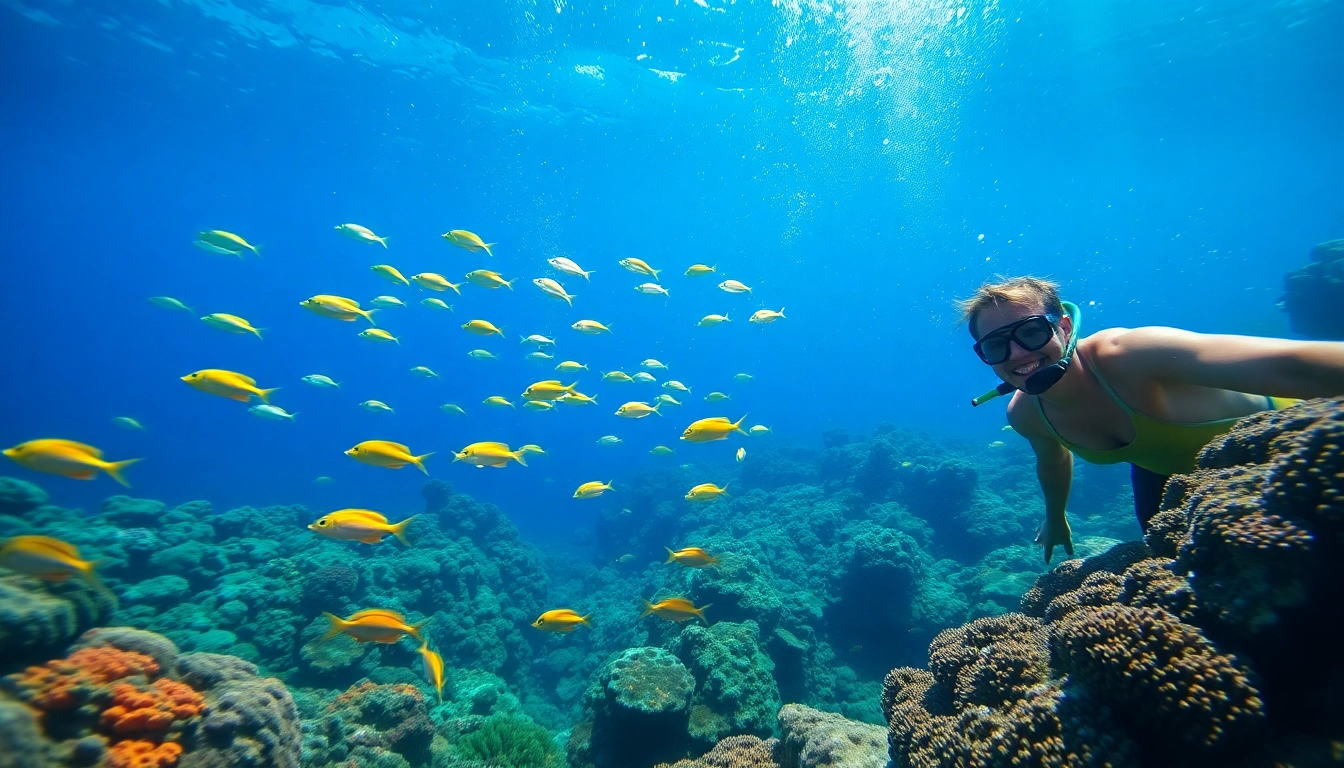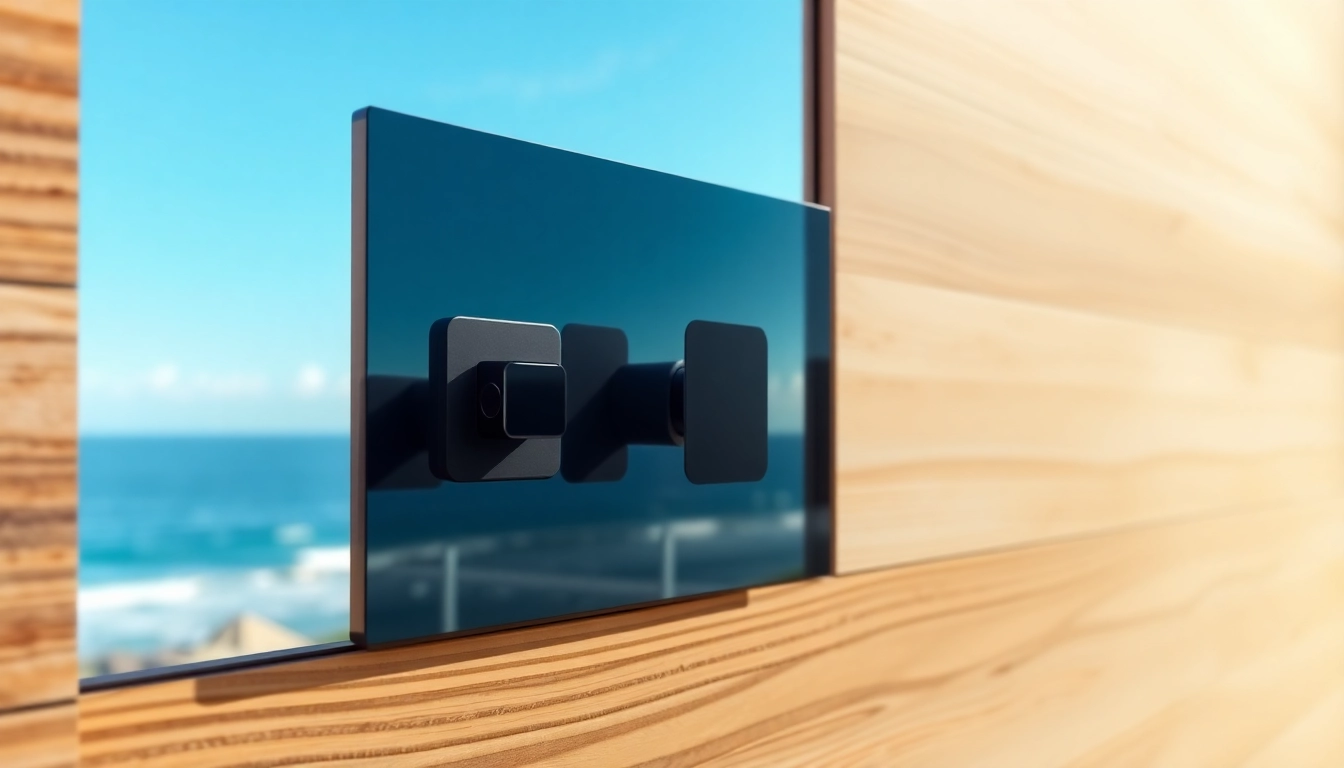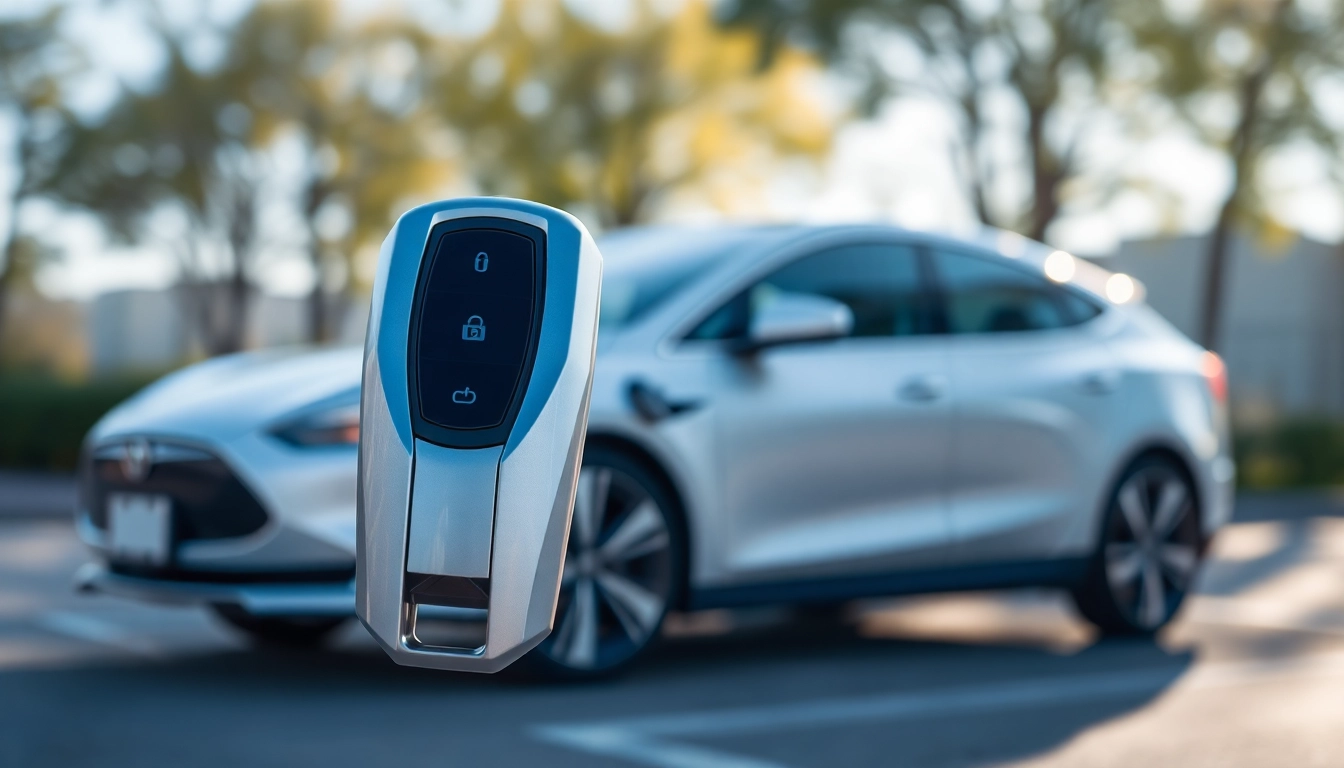
What to Expect When You Snorkel Puerto Rico
Defining Snorkeling and Its Benefits
Snorkeling is an adventurous water sport that allows enthusiasts to explore undersea life just below the ocean’s surface while floating on the water. It involves the use of a snorkel, a breathing tube that enables a person to breathe while their face remains submerged. While snorkeling may seem simplistic, it opens up a vibrant underwater world teeming with fish, coral reefs, and other marine life. The benefits of snorkeling extend beyond mere enjoyment; it enhances physical fitness, promotes mental well-being through immersion in nature, and cultivates environmental awareness.
Ideal Weather and Water Conditions
When planning your snorkel puerto rico trip, awareness of weather and water conditions is critical. Puerto Rico’s tropical climate generally offers warm waters ideal for snorkeling year-round. However, the best conditions are typically found from April to June, when the waters are calm and visibility is optimal. Pay attention to local weather reports and tidal patterns, as stormy weather can create dangerous currents and reduced visibility.
Essential Snorkeling Gear
Having the right gear is crucial for both comfort and safety when snorkeling. At the very least, you will need a mask, snorkel, and fins. Here are a few essentials:
- Mask: A well-fitted mask should have a clear lens for optimal visibility and a comfortable seal around the face.
- Snorkel: The snorkel should feature a purge valve to prevent water from entering, making it easier to clear it out.
- Fins: Fins enhance propulsion through the water, reducing fatigue and increasing efficiency in swimming.
- Wetsuit or Rash Guard: Depending on the temperature of the water, a wetsuit might provide warmth and protection against sea stings.
- Buoyancy Aid: Consider wearing a life vest or buoyancy aid for safety, especially if you’re not a strong swimmer.
Top Snorkeling Spots in Puerto Rico
Exploring Fajardo’s Coral Reefs
Located on the northeastern tip of Puerto Rico, Fajardo is home to some of the most vibrant coral reefs. The area’s calm waters are perfect for snorkelers, allowing for fantastic visibility of colorful fish and spectacular coral formations. Popular spots include the Icacos Island and Palomino Island, where excursions often combine snorkeling with beach relaxation and sunbathing. The reefs are a perfect habitat for parrotfish, angelfish, and sea turtles, providing snorkelers a close look at marine biodiversity.
Marine Reserve Wonders in Vieques
Vieques, a small island off the mainland, offers excellent snorkeling opportunities, particularly in the Bioluminescent Bay and several secluded spots around the island. The Marine Reserve at Esperanza features clear waters filled with dazzling marine life, and snorkelers can enjoy encounters with rays, starfish, and a plethora of reef fish. The unique underwater landscape, combined with an eco-friendly approach in the marine reserve, ensures that visitors experience pristine conditions and a rich variety of species.
Coastal Adventures in Culebra
Culebra is often celebrated as one of the top snorkeling destinations in the Caribbean. Its pristine beaches and protected waters, particularly at Flamenco Beach and Luis Peña Island, are ideal for both novice and experienced snorkelers. The vibrant coral reefs near these areas attract an array of marine life, offering snorkelers a chance to see everything from brightly colored fish to intriguing underwater flora. Guided tours are also available, providing local expertise on the best spots and safety measures.
Safety Tips for Snorkeling Puerto Rico
Understanding Ocean Currents
Familiarizing yourself with ocean currents is essential for safe snorkeling. Some regions in Puerto Rico may experience strong currents, particularly during certain tides. Before entering the water, ask locals or tour guides about specific currents in the area. It is wise to snorkel in groups, keeping an eye on each other’s locations and making sure everyone is safe and accounted for during your snorkeling adventure.
Proper Equipment Usage
Using snorkeling equipment correctly can greatly enhance your experience and ensure your safety. Take the time to adjust your mask to fit snugly to avoid water leaks and discomfort. Practice using your snorkel in shallow water until you feel confident with the breathing technique. For those unsure about their swimming abilities, consider wearing a buoyancy vest and familiarizing yourself with how to use it properly.
Best Practices for Marine Conservation
While snorkeling can be a thrilling experience, it is vital to protect and conserve marine environments. Avoid touching corals and marine life, as this can disturb delicate ecosystems. Respect protected areas and follow guidelines provided by local authorities. Choosing eco-friendly operators for your tours can further support conservation efforts and ensure a sustainable snorkeling environment for future generations.
Enhancing Your Snorkeling Experience
Local Guides vs. DIY Adventures
Deciding whether to go with a local guide or explore independently hinges on your comfort level and experience. Local guides provide invaluable insights, safety, equipment, and logistic support, particularly in unfamiliar waters. They know the best sites for snorkeling and are alert to safety hazards. On the other hand, adventurous spirits may prefer the freedom of a DIY approach, allowing for a more intimate connection with the environment. Whichever you choose, ensure your plans prioritize safety and respect for marine life.
Photography Tips for Snorkelers
Capturing underwater memories adds an exciting layer to your snorkeling trip. Use a waterproof camera designed for underwater photography, ensuring it’s housed correctly to prevent leaks. When shooting, aim for clear, well-lit scenes and avoid using the flash to prevent disturbing marine life. Practice patience, as fish and other creatures may take time to become accustomed to your presence, offering ideal opportunities for stunning shots. Lastly, consider snorkeling during early morning or late afternoon for the best natural lighting.
Recommended Tours and Packages
Exploring Puerto Rico through snorkeling tours can provide a comprehensive experience. Many operators offer packages that include transportation, equipment rental, and guided snorkeling in prime locations. Look for eco-conscious operators who prioritize marine conservation, ensuring that your adventure has a minimal environmental impact. Research tours that incorporate unique features, such as bioluminescent bays or private island explorations, to heighten your experience.
Planning Your Snorkel Puerto Rico Trip
Best Times of Year to Visit
For optimal snorkeling conditions, plan your trip to Puerto Rico between April to June and September to October. During these months, you will find warmer waters, calm seas, and less rain, leading to enhanced visibility for underwater exploration. The summer months can also be crowded with tourists, so visiting during off-peak times can offer a more serene experience.
Accommodation and Travel Tips
When choosing accommodations, consider staying in areas close to major snorkeling destinations. Fajardo, Vieques, and Culebra are popular choices for their proximity to beautiful snorkeling spots. Research available lodging, such as hotels, guesthouses, or vacation rentals, to find one that fits your comfort level and budget. Additionally, consider transportation options; renting a car is often the best way to explore various snorkeling sites independently.
Engaging with Local Culture
Integrating local culture into your snorkeling trip can enrich your overall experience in Puerto Rico. Attend cultural activities and events, savor local cuisine, and interact with residents to understand the island’s maritime traditions. Look for opportunities to participate in community-led conservation projects or guided tours that also emphasize the island’s rich cultural heritage in relation to the sea. Such experiences offer a deeper appreciation of both the underwater world and the cultural richness of Puerto Rico.







